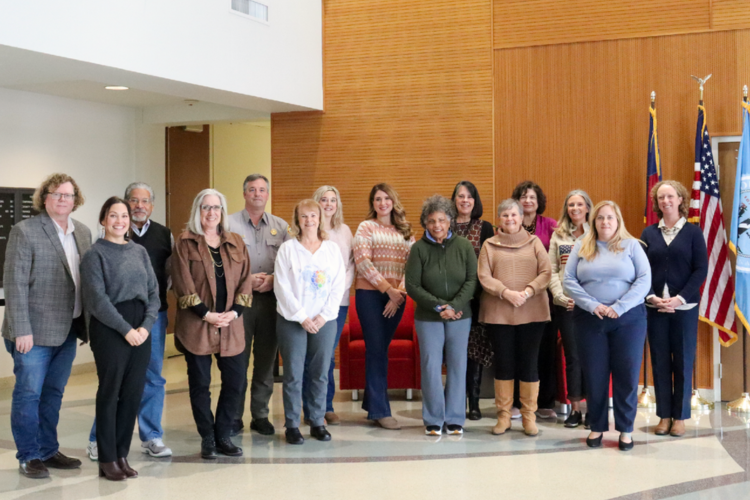Access and seashore updates from the National Park Service
With the warmer temperatures and spring break crowds, the Cape Hatteras National Seashore has seen an increase of people throughout the area, according to Hatteras Island District Ranger Karol Jones.
The influx of people has also brought reports of several vehicles getting stuck in the soft sand, and visitors are encouraged to lower their tire pressure before driving out on the beach, and to remember that “all wheel drive” is not the same as “4×4.” Jones also recommends that everyone have a plan to remove a vehicle safely in the event that their vehicle gets stuck on the beach.
At the Point, there was a recent ocean rescue, (as people were trying to get to the sandbar that is visible in the distance), and there have been some minor altercations, or “turf wars,” over fishing spots in the area, according to Jones. Hopefully, recently added additional space will allow everyone adequate access. The oystercatcher pair that was exhibiting nesting behavior at Cape Point has finally settled on a nesting site and laid an egg. That nest is a bit further to the west of where the original locations were. As a result, on Tuesday, April 20, National Park Service staff were able to make the ORV corridor smaller, and open another 1/10 mile of additional beaches to the west of the tip of Cape Point.
As for other activity in the area, there is another pair of oystercatchers that may set up a nest any day now in an area that is further to the west of Cape Point. If the birds nest in that area, it will not affect ORV access at the point. A pair of piping plovers has also constructed a 3-egg nest to the east of Salt Pond Road.
Jones also notes that the National Park Service is very close to finalizing a new ORV beach access map and a Frequently Asked Questions brochure that is based on modifications that were made to our ORV Management Plan earlier this year. For more information on current beach access and closures, visit the Cape Hatteras National Seashore’s Facebook page.











